Images of the HPA Combined Conference 2019 held in Gisborne.
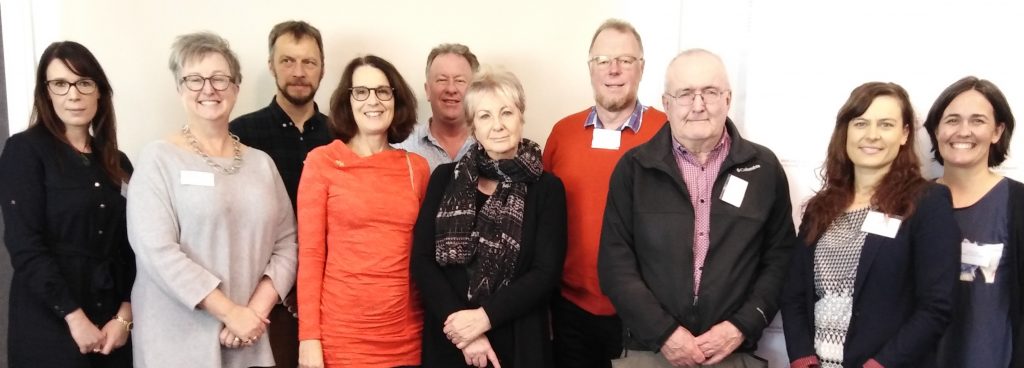
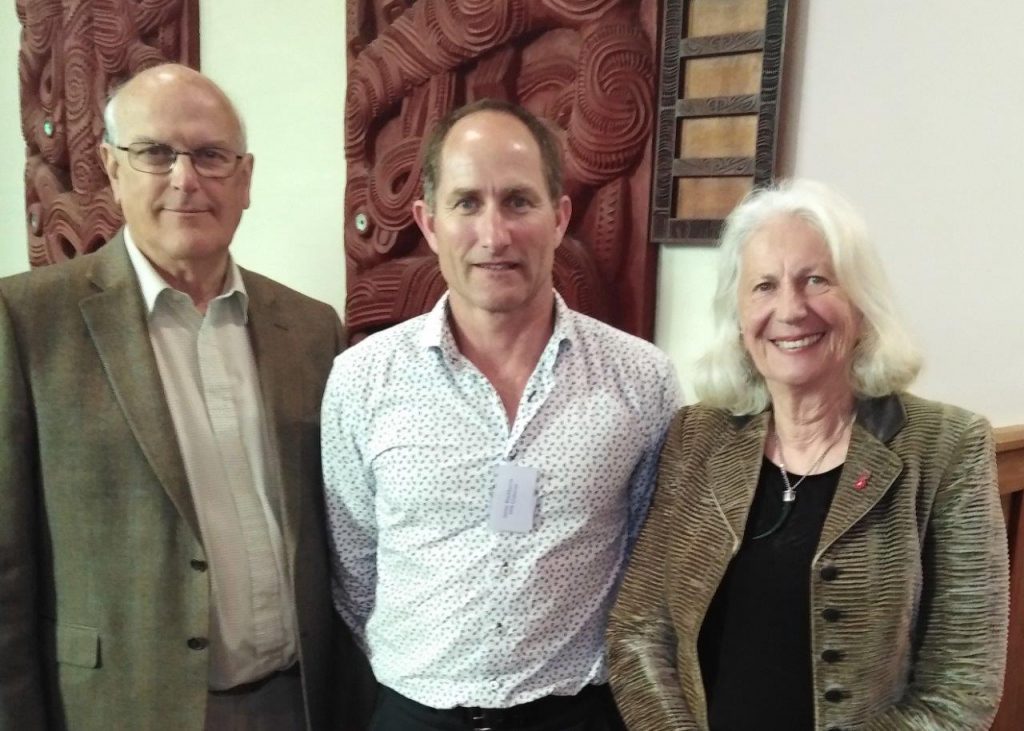










Images of the HPA Combined Conference 2019 held in Gisborne.


Kemps gather at Kemp House for 200th anniversary celebration
Over 40 descendants of missionaries James and Charlotte Kemp gathered at the Kerikeri Mission Station in the weekend to commemorate their family ties to one of New Zealand’s earliest settlements.
James and Charlotte helped establish the fledgling Christian mission in 1819. The historic Kemp House – originally built for Rev John Butler and his family three years after the mission was established – was named after the missionary couple, who acquired the house in the 1830s.
“It was a privilege to be able to host some of James and Charlotte’s descendants – and a particular pleasure to meet descendants of Ernest and Dory Kemp, who gifted Kemp House to the nation in 1974,” says Kerikeri Mission Station Property Lead, Liz Bigwood.
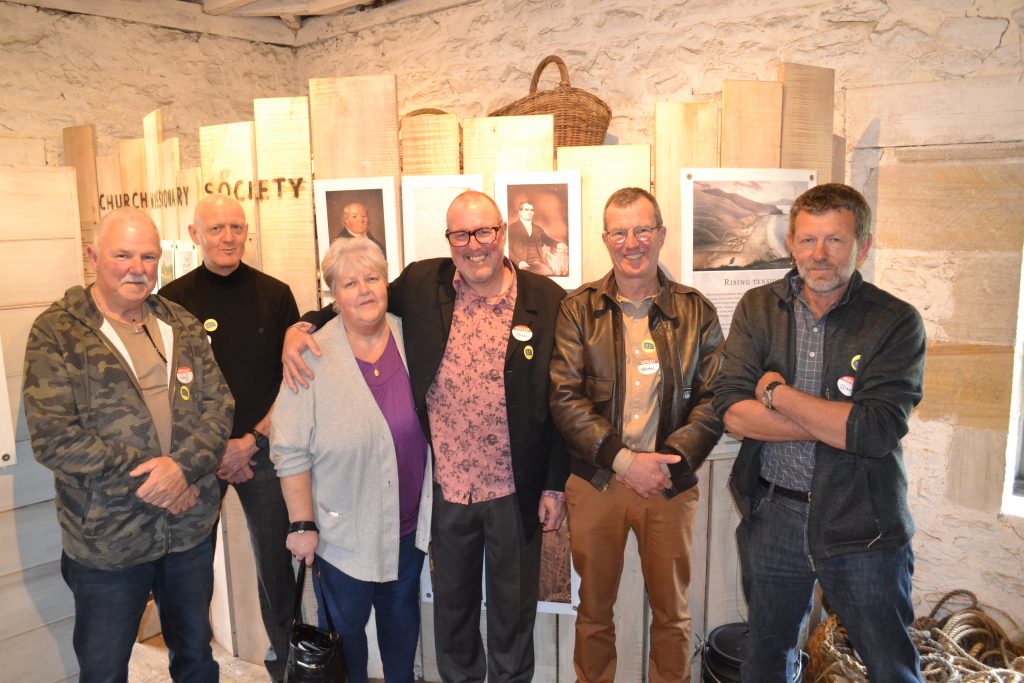
“We loved hearing stories from Ernest and Dory’s grandchildren who remember Kemp House as ‘Granny and Grand-dad’s house’ when they were children.”
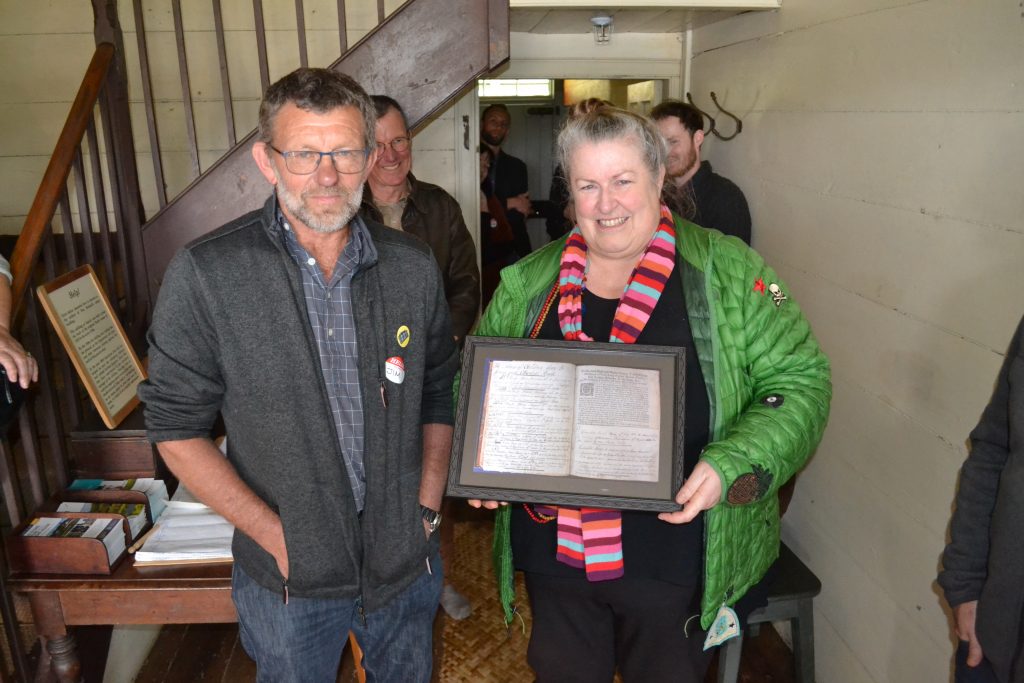
The descendants of Charlotte and James enjoyed tours of the house and historic Stone Store over the weekend tying in with the Tūhono Kerikeri bicentennial celebrations.
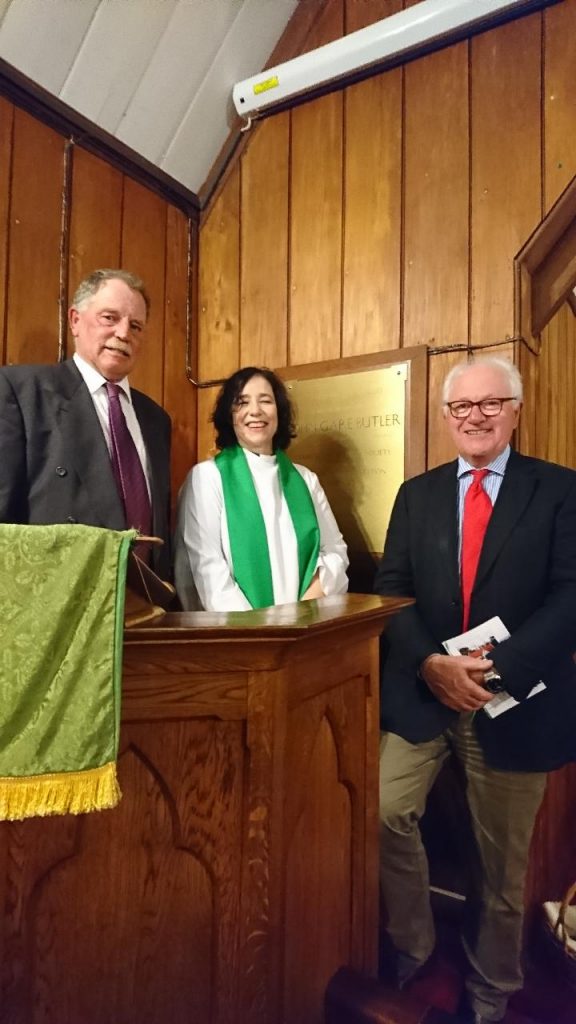
Butler descendants visit Kerikeri
Descendants of Rev John Gare Butler – New Zealand’s first resident ordained missionary who served as the founding Superintendent of the Kerikeri Mission – paid a visit to Kerikeri recently to celebrate the bicentenary of the Butler family’s arrival in New Zealand on 12 August 1819.
Two Great, Great, Great Grandsons of Rev Butler – Tim Ritchie and Douglas Barton – reflected on their ancestor at a service held at St James Church in Kerikeri, a brief walk from Kemp House and the Stone Store, now cared for by Heritage New Zealand Pouhere Taonga.
“It is very humbling to be here in this church which William Hall and John Gare Butler originally marked out on October 6, 1819,” Tim said.
“Given the perils they faced together in their calling to missionary work, both John Butler and his wife Hannah clearly had a cooperative and loving relationship totally interdependent on each other.”
While in New Zealand, the Butlers had a significant impact on agriculture according to Tim.
“Rev John Butler clearly identified the potential for agriculture here – he recorded in his journal: ‘…there is no nation upon earth, perhaps, more favourable for the operations of agriculture than New Zealand’ which he said would ‘enable us to provide the first necessities of life’, and run schools that could not otherwise function ‘without the means of victualling the children’,” said Tim.
“On May 3 1820, he recorded the first ever use of the agricultural plough in New Zealand and noted his thoughts in his journal: ‘I trust that this auspicious day will be remembered with gratitude, and its anniversary kept by ages yet unborn. Every heart seemed to rejoice on the occasion – I hope it will continue to increase, and in a short time produce an Abundant Harvest.’”
A year later, a report sent to the Church Missionary Society in London recorded what he and his team of Maori co-workers had achieved – seven acres of wheat, six acres of barley and oats, a variety of vegetables, fruit trees and ‘an excellent bed of hops’ – along with a potato house, fowl house and a goat house. He also noted in his report the building of a working house for his ‘working natives’ to live in and a small school house.
“Many Butler descendants have agriculture, horticulture and viticulture in their DNA, farming through much of New Zealand – particularly the Wairarapa and Canterbury,” said Tim.
“We can be very thankful of that pioneering Butler agricultural / horticultural gene.”
Rev Butler – who had worked as an accountant for a shipping company in London before coming to New Zealand – fell out with missionary chief Rev Samuel Marsden after he expressed concern to Marsden about financial issues relating to the mission. He was dismissed shortly after.
According to Douglas Barton, Butler was respected by Maori who came from a distance of up to 30 miles to see him when news of the family’s departure became known in November 1823.
“They anxiously enquired ‘what have we done to you?, pray tell us’. He could not tell them why, and appealed to their parental feelings by telling them that they needed to go to Port Jackson for the sake of little daughter Hannah’s health,” he said.
New Zealand had not seen the last of Rev Butler however. The Butlers returned to New Zealand in 1840 with Rev Butler engaged by the New Zealand Company as a Native Guardian and Interpreter.
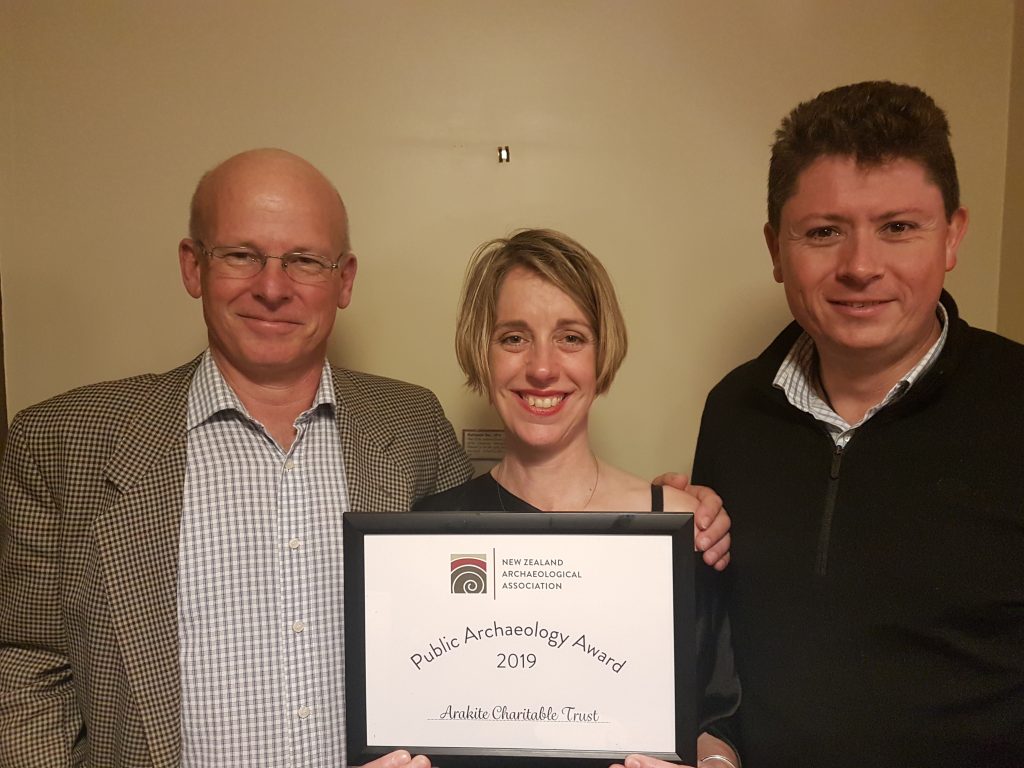
Public Archaeology award for iwi-led trust
A Northland iwi-led charitable trust has won this year’s New Zealand Archaeological Association (NZAA) Public Archaeology award.
The Arakite Trust – which headed a two-week archaeological excavation at Mangahawea Bay in the Bay of Islands in January, and more recently a three day wānanga on traditional voyaging and navigation – took out the national award at this year’s recent NZAA conference held on Stewart Island.
The excavation and wānanga was funded by the Lottery Tuia – Encounters 250 Programme, and was supported by Heritage New Zealand Pouhere Taonga, the Department of Conservation, the University of Otago and Te Rawhiti Marae.
“The Public Archaeology Award is an acknowledgement of Arakite Trust’s commitment to engage with the public in a way that increases understanding and appreciation of New Zealand’s rich archaeological heritage,” says Heritage New Zealand’s Northland Regional Archaeologist, Dr James Robinson, who together with Department of Conservation Ranger Andrew Blanshard, accepted the award on behalf of the Trust.
The Arakite Trust organised a public open day during the 2019 excavation, as well as the recent wānanga and a historic cruise of the Bay of Islands which was open to the public – all part of the wider Mangahawea project.
“In terms of fostering engagement with the public and archaeology the project has been a major success, quite apart from the archaeological significance of the work that was undertaken, which would never have happened without the Trust’s commitment to this kaupapa,” says James.
“Archaeology, traditional history and the hard sciences are different data bases, but when combined together can create something bigger than the sum of their individual parts.”
According to the President of the NZAA Council, Katharine Watson, the Mangahawea Bay excavation project ticked all the boxes.
“Criteria for winning the award includes making a contribution towards the identification, protection and preservation of archaeological sites; the enhancement of public awareness, enjoyment of and education about archaeology; and the strengthening of the relationship between Maori and the archaeological community,” she says.
“The programme led by the Arakite Trust engaged the interest of hundreds of people who visited the site over the two-week excavation, as well as thousands of New Zealanders who learned about the excavation through extensive media coverage, which included national radio, television and press.
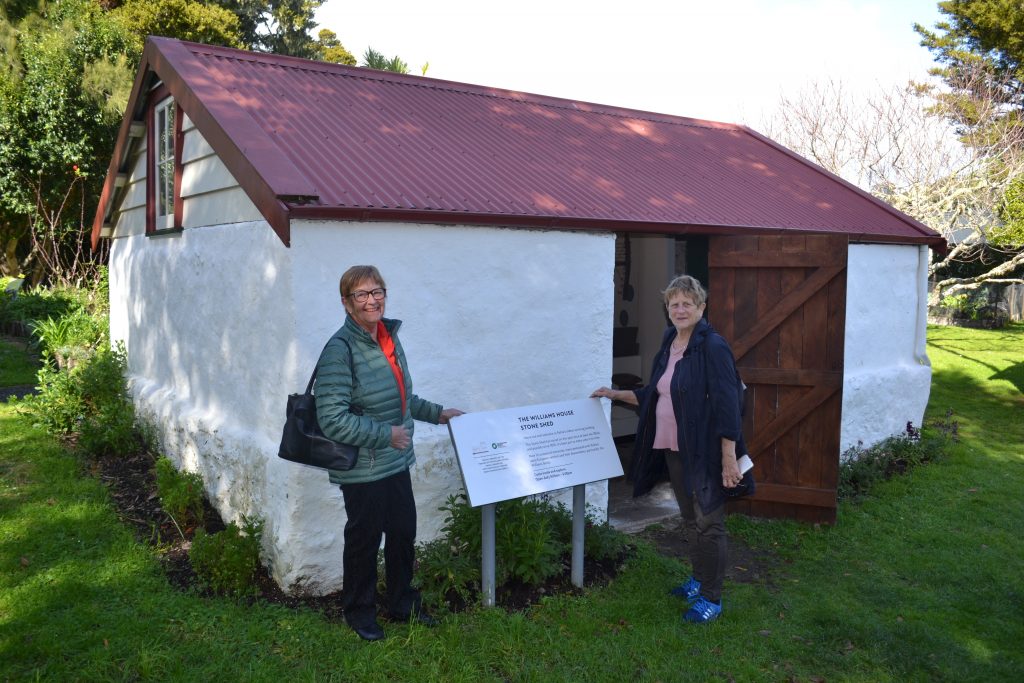
Historic Williams Shed a drawcard for visitors
An unassuming stone shed dating back to the 1880s is proving to be a drawcard for visitors to Paihia.
The Williams Shed, which sits within the historic Williams Homestead precinct, is making a name for itself as one of the country’s smallest – and perhaps most unlikely – museums.
“The shed is Paihia’s oldest surviving building, and had been languishing for years. It’s now a fully functioning part of the Williams House reserve in the heart of Paihia,” says Marg Civil, who is a Friends of the Williams House committee member.
“The shed has gone from being a bit of an eye-sore to being an attraction in its own right.”
Built from locally sourced brown rock – not known for its durability – the shed survived for over a hundred years thanks to an exceptionally good plastering job.
After vandals damaged the historic shed in 2004, the Friends of the Williams House began a project to conserve and restore this original feature of the property that was settled by Church Missionary Society missionaries, Henry and Marianne Williams. The project was completed at the end of 2006.
“More recently, the Friends commissioned Workshop E to design and construct a display facility within the stone shed to showcase its various uses over the years,” she says.
The result has been the development of an innovative conservation and display solution for a number of artefacts related to the Williams family at Paihia.
“You really couldn’t come up with a bigger challenge than displaying historic artefacts in a shed made from porous stone,” says Heritage New Zealand’s Northland Manager, Bill Edwards.
“It’s cold and damp for a start – all the things you don’t want in an environment where artefacts are stored.”
The solution developed by the Friends and Workshop E, however, is “nothing short of brilliant” according to Bill.
“The large display cabinet in the middle of the shed is independently climate controlled and provides a secure way to display the artefacts in a way that is attractive and accessible,” he says.
The joint Conference is being held in Gisborne Tairāwhiti, on the 11-13 October.
Time has been set aside for Historic Places Aotearoa and ICOMOS NZ to hold their respective AGMs during the Conference.
Registration and payment for the Historic Places Aotearoa and ICOMOS NZ Joint Conference is due 1 October 2019.
The "Heritge EQUIP" Earthquake upgrade incentive programme website has Case Studies on the Heritage Buildings that have received grants.
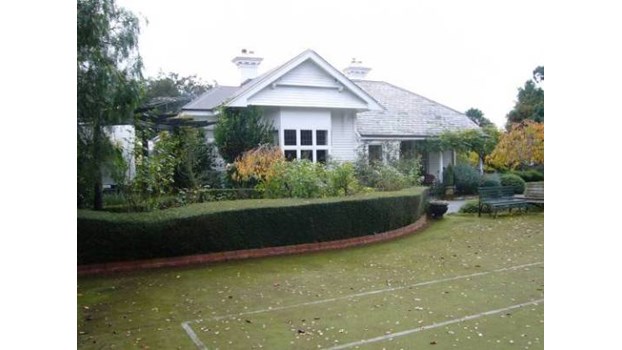
"This Christchurch home was where Kate Sheppard and suffragist supporters spent much time working towards New Zealand becoming the first self-governing country in the world to grant women the vote. It was here that the 270-metre petition was pasted together before being presented to Parliament."
The following is the media Release by Heritage New Zealand Pouhere Taonga announcing the purchase.
19/09/2019
Heritage New Zealand Pouhere Taonga and the University of Canterbury (UC) are delighted with the Government purchase of theCategory 1 listed Kate Sheppard House in Christchurch, as announced by Greater Christchurch Regeneration Minister Megan Woods today.
(more…)The following report (and image) of James Blackburne's Whanganui Heritage Trust AGM Presentation appears in the HNZPT "Heritage This Month" e-newsletter.
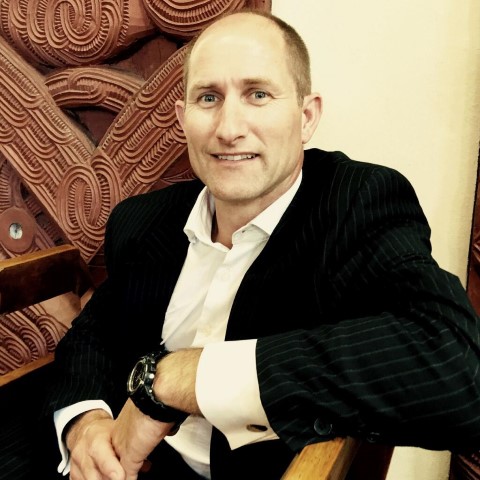
Key messages given to Whanganui Heritage Trust AGM
Fifty members of the Whanganui Regional Heritage Trust were urged to get out and tell the stories of our heritage places by James Blackburne (pictured), President of Historic Places Aotearoa, at the trust’s recent annual general meeting in Whanganui.
James, an architectural partner based in Gisborne, has been working hard since the formation of Historic Places Aotearoa in 2010 at building a network of likeminded, independent regional heritage organisations in New Zealand.
(more…)The Historic Places Canterbury AGM is to be held:
5.00pm Thursday 5th September at Avebury House.
9 Eveleyn Couzins Ave, Richmond, Christchurch 8013